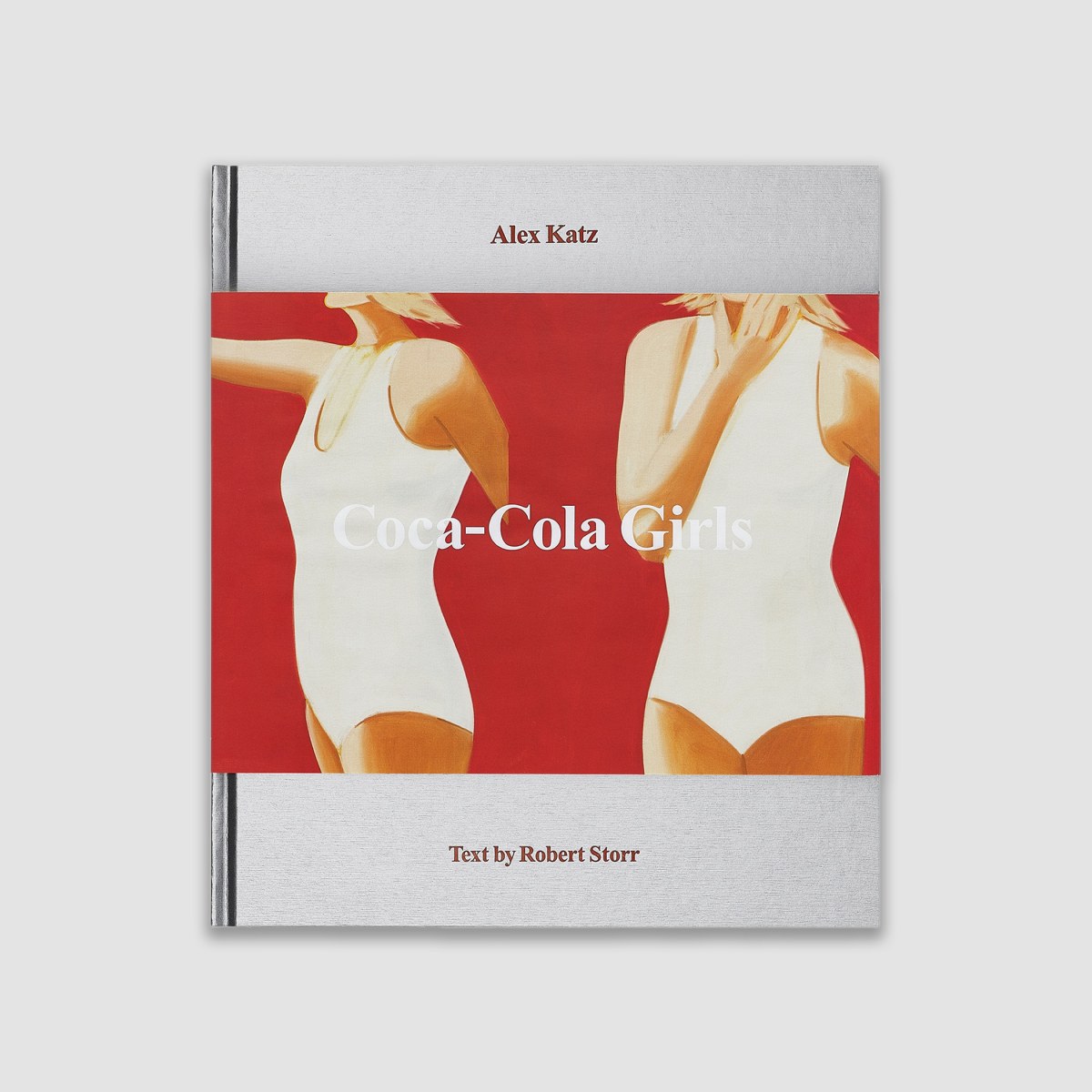Alex Katz: Coca-Cola Girls
-
Overview
Timothy Taylor, London, is pleased to present Coca-Cola Girls, an exhibition of new large-scale paintings by Alex Katz inspired by the eponymous, and iconic, figures from advertising art history.
The Coca-Cola Girls were an integral component of the company’s advertising from the 1890’s through to the 1960’s, emanating an ideal of the American woman. Initially, the Coca-Cola Girls were reserved and demure, evolving during WWI, and through the era of the pin-up, to images of empowered service women in uniform, and athletic, care-free, women at leisure. In the context of pre-televised advertising, the wall decals and large-scale billboards depicting these figures made a significant impact on the visual language of the American urban landscape.
For Katz, this optimistic figure also encapsulates a valuable notion of nostalgia; “That’s Coca-Cola red, from the company’s outdoor signs in the fifties… you know, the blond girl in the red convertible, laughing with unlimited happiness. It’s a romance image, and for me it has to do with Rembrandt’s ‘The Polish Rider.’ I could never understand that painting but my mother and Frank O’Hara both flipped over it, so I realized I was missing something. They saw it as a romantic figure, riding from the Black Sea to the Baltic.”1
The poses captured in these new paintings disclose a sense of balletic movement; a left arm extending upwards, a head twisted to the right, a leg poised on the ball of a foot, or a hand extending to and from nowhere - always glimpsed in a fleeting gesture within a dynamic sequence.
Like the figures in his work, Katz’s painting process is tightly choreographed; his practice is firmly rooted in drawing. Preparation for painting involves a renaissance technique called ‘pouncing’ whereby to-scale cartoons of figures on brown paper are tacked onto the surface of the painting. The outlines are punctured with a tool and then pigment is pushed through the holes to delineate the space. The sheer scale and highly dextrous “no-noodling" brushwork of these paintings demonstrate an incredibly physical process of making, requiring rigour and discipline. The process of repetition is also key to Katz’s practice - “part of what I’m about is seeing how I can paint the same thing differently instead of different things in the same way.”
Katz’s work has long been defined by an economy of gesture; a hyperconscious simplification of a perpetual now, which he describes as “quick things passing”. Katz’s direct, unambiguous, application of paint is devoid of sentimentality; these paintings are not about the character or mood of the figure, but rather the style and attitude of a present moment, a subtle distinction with boundless consequence.
Having formally trained in commercial art; television adverts, movie close-ups and billboards undeniably influences Katz’s work as it does in Pop Art, but where Pop Art relies on the replication and multiplication of mass media, Katz manifests the opposite, a sense of compression and intensification. His wide-ranging and eclectic preoccupation with the history of painting, from early Egyptian, to Japanese block-printing; Jackson Pollock to European masters such as Matisse and Manet, distinguishes him from the ideals of Pop Art, and has fostered his reputation as an outlier, idiosyncratic and uncategorised.
Alex Katz was born in Brooklyn, New York in 1927. After graduating from the prestigious Cooper Union School of Art in Manhattan in 1949, he was awarded a scholarship by the Skowhegan School of Painting and Sculpture in Maine. In 1968, Katz moved into an artists’ cooperative building in SoHo, New York, where he has lived and worked ever since, spending his summers in Lincolnville, Maine.
1 . Alex Katz in conversation with Calvin Tomkins, The New Yorker, August 2018 -
Works
-
Installation Shots
-
Publications









